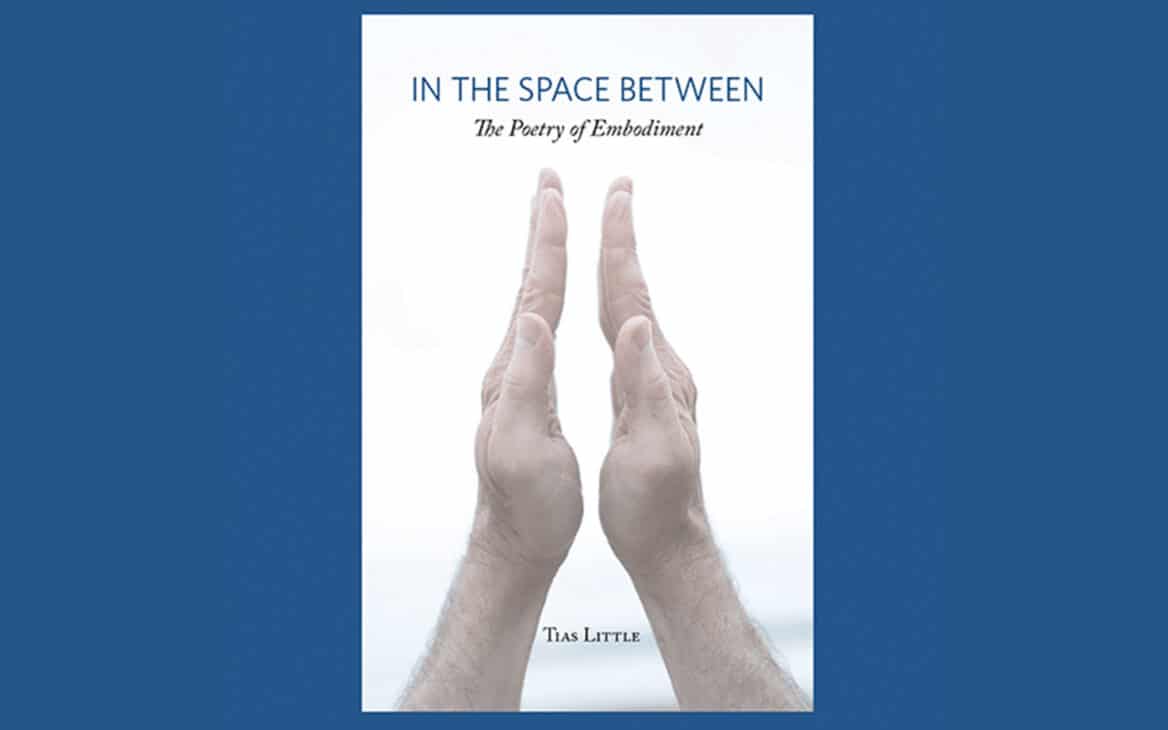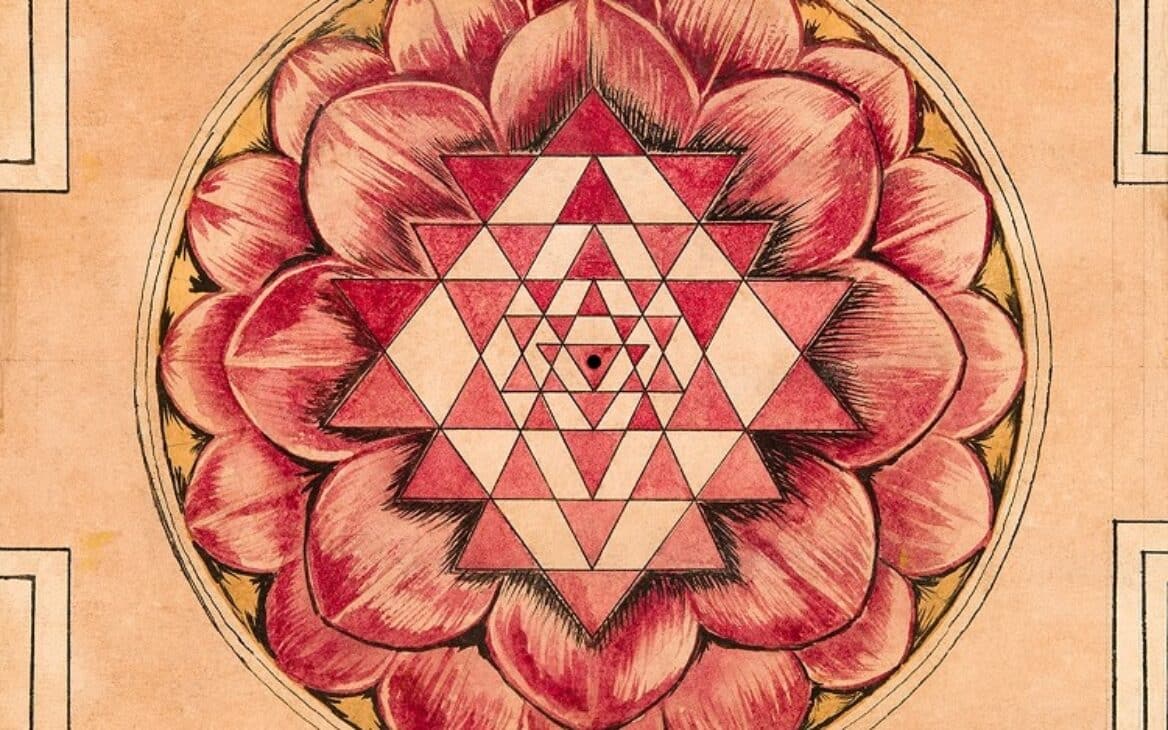In the art of calligraphy, the circle is a brush stroke done in one movement. This circle, called enso is perhaps the most poignant image in Zen training for “coming full circle”, or enlightenment. The stroke is suggestive of flow, done with the brush held not too loose/not too tight. It is done in one movement and the stroke embodies both spontaneity and disciplined form.
The circle itself is not complete, yet at the same time it expresses totality and completeness. All that occurs in our life takes place within the fluid boundary of the enso. The empty space within the circle allows for all experience to arise. The incompleteness of the circle suggests that our lives are never complete and that the flow of our experiences are never final, never finite. We complete the empty circle by living, engaged in tasks and in relationships that have no finality. This no finality itself is infinite!
The circle is not perfect. The single sweep of ink is natural–done by hand– and so includes imperfections. The form of the stroke is inevitably imperfect, just as any form–bodies, ideas, plans, marriages–are inevitably imperfect. This imperfection is part of the design of the tea bowl used in Japanese tea ceremony. The bowl is beautiful if it has irregularities, aberrant marks, is rough-hewn and is made of inconsistent surfaces. We drink from the imperfect cup, the bowl that naturally is slightly out-of-balance. Yet at the same time the bowl, the enso, points to wholeness, however momentary. It points to the possibility of a moment, within the almost-full-circle, being complete, just as it is. The taste of the tea, the sound of the mourning dove, the bang of the recycling truck, occur within the empty circle. So the perfect and the imperfect are expressed together. Whatever arises is perfect just as it is, and imperfect just as it is. This is how we practice in the midst of the open circle.


